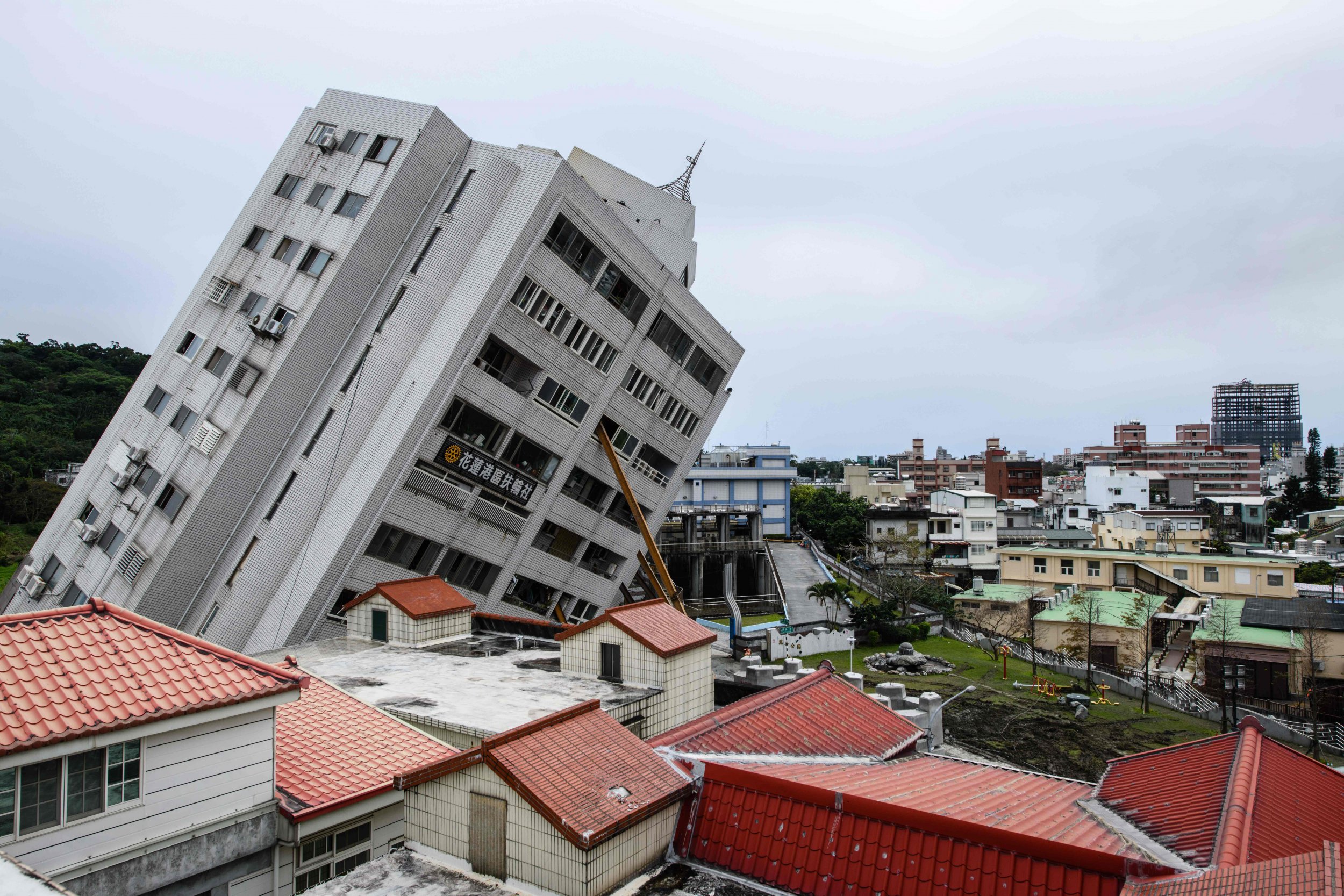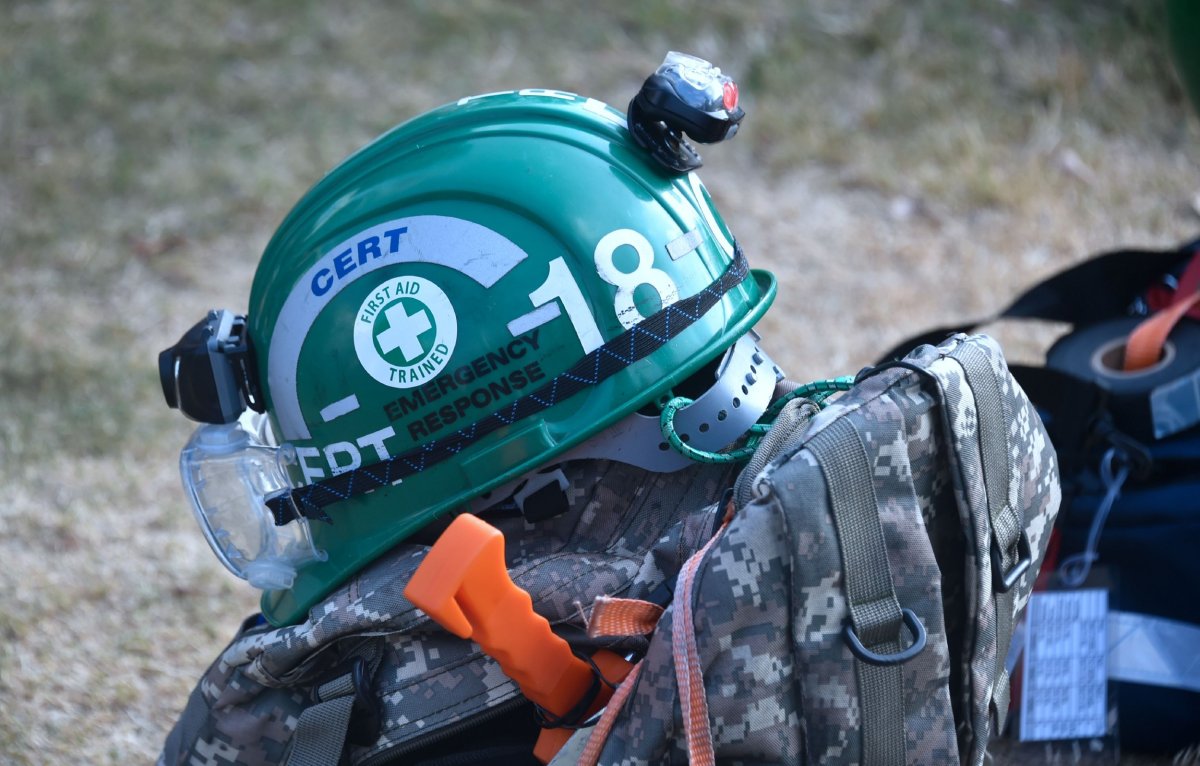
Regions hit by big earthquakes may be in more danger for future calamities than previously expected. Although no one knows exactly when the next "big one" will happen, new research published Wednesday in Science Advances shows that areas close to where an earthquake occurred may be vulnerable to a repeat performance.
Earth's surface is made up of big chunks of rocks, called tectonic plates. But these plates don't stay in one place—they move. When they move, they can rub up against each other, and the friction they create can store energy.
This is not good—because eventually the plates slip, and the energy is released. "That's what an earthquake is. If it slides fast enough to radiate sound, it's an earthquake," University of California, Santa Cruz, seismologist Thorne Lay told Newsweek.
In the past, people have assumed that if an earthquake happens, that area is probably safe for a while. But earthquake clusters and swarms do happen. Yellowstone had a monthslong earthquake swarm last fall. Hundreds of tiny earthquakes happened around Reno over the course of a week in January.

Lay and colleagues examined data from 101 relatively major earthquakes that happened over 26 years around the world and the aftershocks that followed. The study confirmed what people have always suspected: Regions where a large earthquake just occurred are unlikely to have another one immediately afterward. Up to half of the aftershocks seen after an earthquakes start are near the areas where the rocks slipped, but few start where the rocks slipped the most, the study showed. "Generally, you think, well, you just had an earthquake, you're safe. That, to a large extent, is validated by our study," said Lay.
However, the study also found that large earthquakes do affect nearby regions, making quakes more likely. "The region that slipped, yeah, it's safe," Lay said. "But it's loaded up the regions adjacent to it." In other words, one big earthquake could set off a chain reaction if the faults nearby are close enough to failing.
Lay explained that the finding is very relevant for Southern California because of the deficiency of earthquakes during the past century. The region is overdue, which means that a great deal of stress has built up that needs to be released. "We're concerned that when the next earthquake occurs, there will be a lot of earthquakes—there will be a cluster," said Lay.
Obviously, knowing where big earthquakes might happen would be helpful. (Knowing when they might happen would also be excellent, but these predictions are very difficult to make accurately.) Improving our understanding of what happens along a fault line after an earthquake happens could shape efforts to model or predict future earthquakes.
Sophisticated earthquake prediction tools don't exist yet. But even if they did, preparing for the next big one would be wise. "If you live in earthquake country...you're kind of cognizant at all times that an earthquake is possible," said Lay, who lives about 6 miles from the San Andreas Fault. After all, being well-prepared for an emergency is always better than the alternative.
Uncommon Knowledge
Newsweek is committed to challenging conventional wisdom and finding connections in the search for common ground.
Newsweek is committed to challenging conventional wisdom and finding connections in the search for common ground.
About the writer
Kate Sheridan is a science writer. She's previously written for STAT, Hakai Magazine, the Montreal Gazette, and other digital and ... Read more
To read how Newsweek uses AI as a newsroom tool, Click here.








